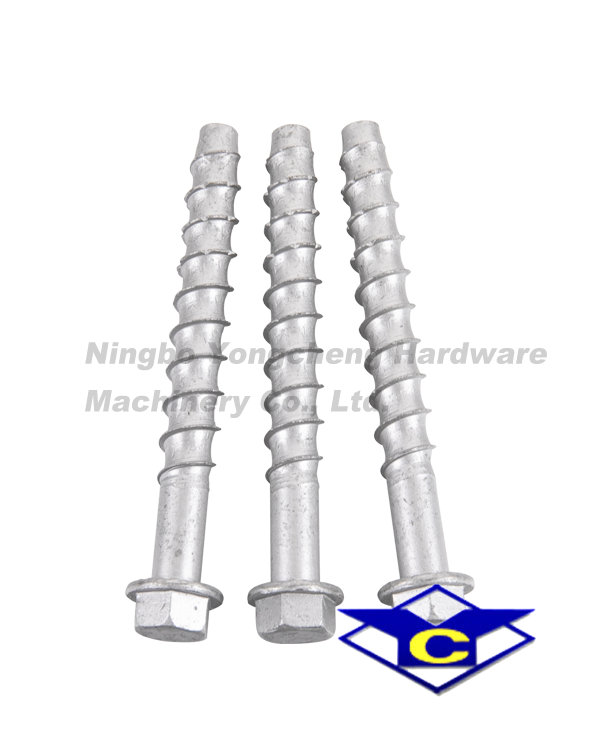

+86-0574-63226508
Cold forming is a process that is used to produce parts […]
Cold forming is a process that is used to produce parts with accurate shapes. It does not involve heating or cutting the material; instead, it uses a series of hammers and dies to form the desired shape. The process also avoids waste, resulting in stronger, more durable parts. Some of the products made using cold forming include screws, bolts, nuts, threads, and SEMs. Cold forming is most often used to produce fastener products.
Cold forming can produce complex precision parts. It also has a high yield to tensile strength ratio, allowing the part to be cold-formed for longer periods before it breaks. Cold forming technology has come a long way from its early days as a cold-heading process. While the process is still essentially hammering on metal, the advancing technology has made it possible to produce precision parts in large quantities.
Cold forming is similar to cold heading, but instead of cutting the metal, the process relies on pressure to deform the metal. The cold-formed fastener can then be used without any further finishing. Cold forming fasteners are also known for their consistency, with few non-conforming products and secondary processes. Another process, called cold heading, involves joining multiple independent parts into a single component. This adds strength and reduces costs.
Using cold forming technology allows for high output and minimal waste of materials. As a result, this process is cost-effective and enables manufacturers to create high-quality and affordable components. The process of cold forming is complex and involves many different material processing steps. First, the metal supplied is cut to the right length. Next, coordinated punches and dies shape the metal. This process can be multi-staged and may involve up to six stages. Cold forming can be further divided into three major sub-processes: cold drawing, cold forging, and cold extrusion.
The process of cold forming requires an alloy that has high strength and corrosion resistance. This process uses a variety of materials, including carbon steel and stainless steel. Stainless steel, for example, is often used in aerospace fasteners because of its high corrosion resistance and high softness. The alloy also has a high nickel content, which makes it easier to cold form.
A die is a larger tool than a punch and must withstand a heavier load. Unlike punches, dies are usually made of several pieces. Typically, a working tool consists of three to four segments. The segments are placed under intense pressure into a large, curved canister, known as a casing.
This process is used to create internal drive recesses in screw heads. This process is used when a screw cannot be drilled. It is usually used for custom fasteners.
